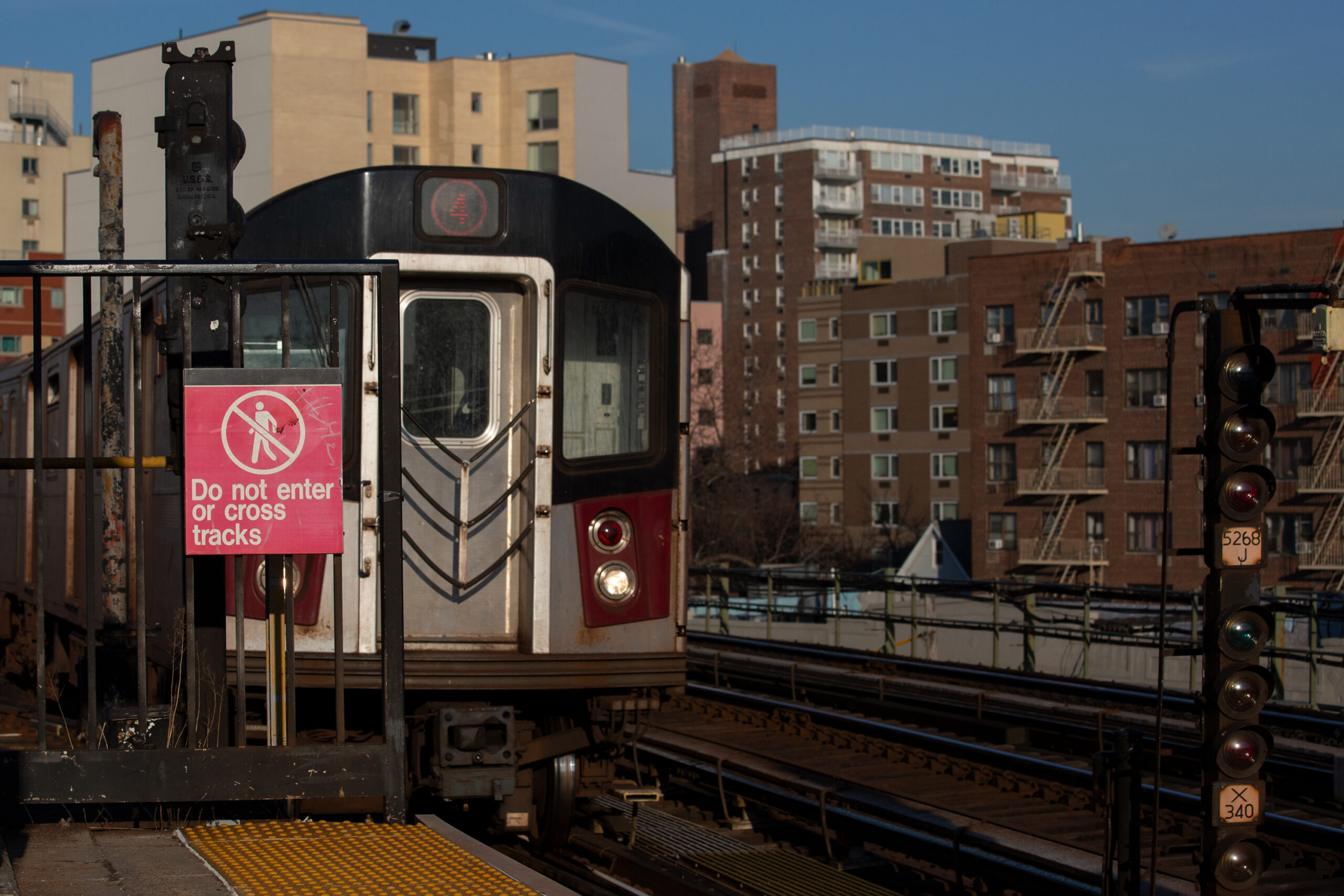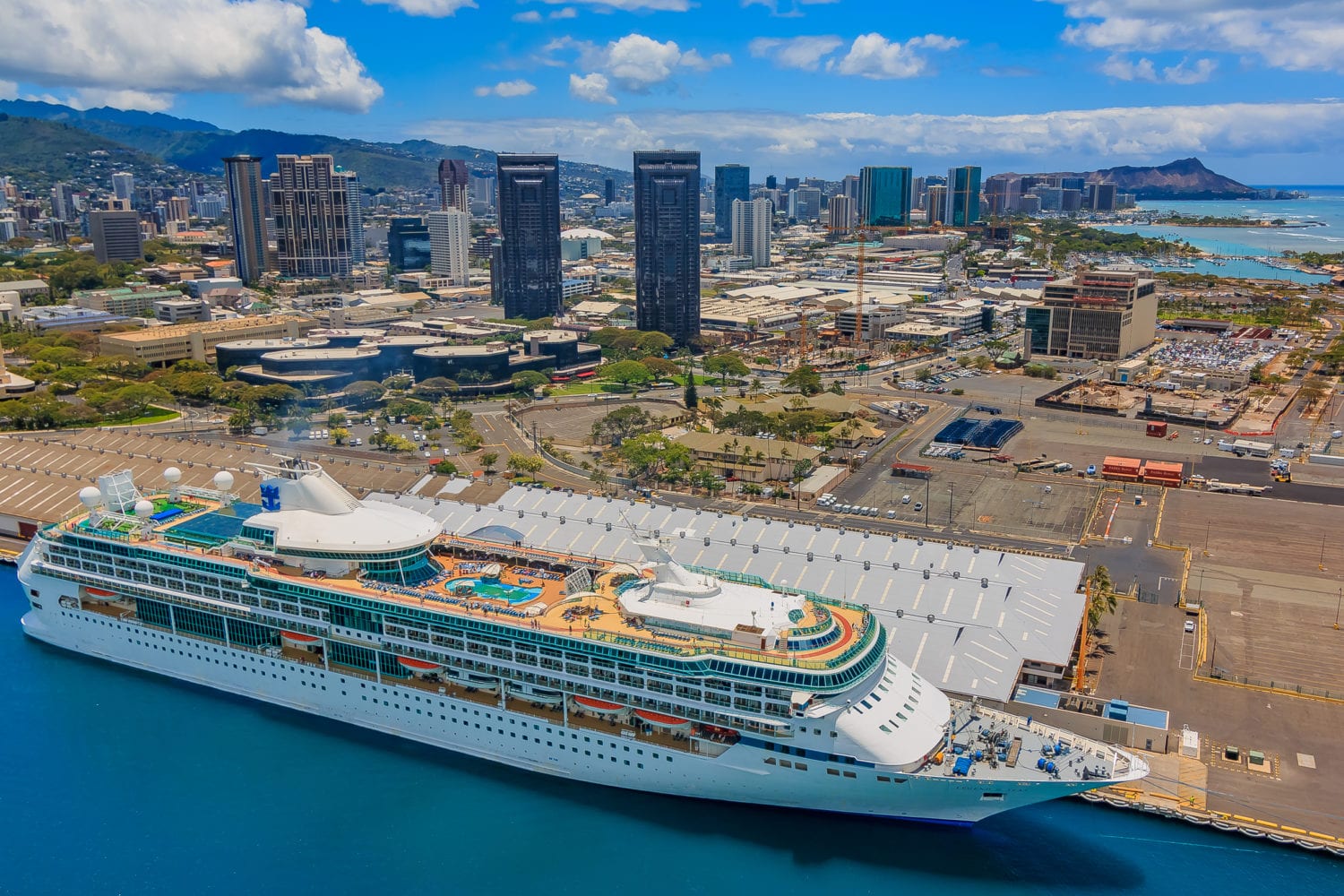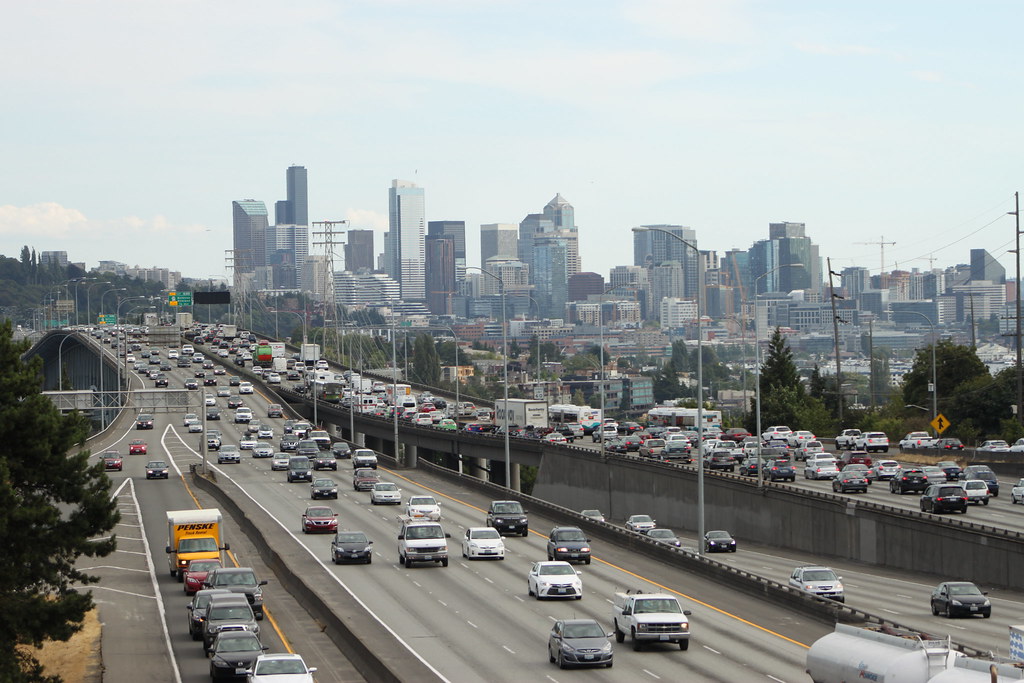MTA Looking for High-Tech Ideas to Keep Subway Tracks Clear

The MTA is looking for high-tech ways to spot people and objects in the path of trains — in hopes of cutting down on both deadly collisions and frustrating delays stemming from track intruders.
Following a months-long surge in the number of people trespassing on the tracks, the MTA last week issued a request for information to the railway and technology industry on how to deploy “track intrusion detection systems” in subways and on commuter railroads.
MTA officials noted that the technology must be able to distinguish between animate and inanimate objects and set off an alarm for anything larger than 12 inches in diameter that presents a safety risk.
It must also detect and identify what’s on the tracks from up to 600 feet away in underground and open-air stations and provide, the document says, “visual indications for Station Personnel, Train Operators and First Responders.”
“Any technology, through artificial intelligence, machine learning, thermal sensing, or other means, that can specifically detect and differentiate a human versus a non-human intrusion, would be most advantageous,” the MTA wrote.
A viable solution would “detect intrusions regardless of lighting or weather conditions or the frequency of train movements” and withstand temperatures that top 120 degrees, as well as “high steel dust concentrations, water conditions and high vibrations.”
On the Wrong Side
It’s the latest phase in the MTA’s long-running effort to develop a detection system and follows a 2014-2019 pilot program that used lasers, thermal cameras and microwave scanners to alert train crews and the rail control center when a person or object went from the platform to the tracks, crossing what agency documents called an “electronic curtain.”
If crossed, MTA documents say, the technology from the earlier program would trigger “audible and visual notification” at the rail control center and alert an approaching train operator with strobe lights mounted in the tunnel.
The equipment is no longer in use, an agency spokesperson said, adding that it “showed some promise,” but that challenges remain, including how to integrate detection systems into stations.
A source familiar with that pilot program told THE CITY that four systems were tested at a Lower Manhattan station, where cameras showed that many of the people who went onto the tracks did so to switch platforms.
“What we learned was the number of people that realized, ‘Oh shoot, I’m on the downtown side and not on the uptown side,’” said the source, who did not want their name published. “So people go on the tracks so they don’t have to pay to get back in again.”
Slow Ride to the Future
The search for technological advances comes amid a surge in “persons on roadbed” incidents.
MTA data provided to THE CITY this week shows people trespassed onto the tracks 116 times in December, resulting in 2,093 delays, up significantly from August, when 57 incidents contributed to 682 delays. The MTA would not provide track intrusion data beyond six months.
“We’re always looking for ways that we can make the system safer,” Janno Lieber, the MTA chairperson and CEO, said Tuesday.
But the agency has repeatedly passed on testing protective doors and shields on platforms, citing high costs and engineering challenges, THE CITY also reported Tuesday.
The MTA last month created a task force, a spokesperson said, “to aggressively find solutions” that can keep trains from striking people on the tracks.
The search for answers is underway as the city is shaken by the Jan. 15 death of Michelle Go, who was killed by a train after a man allegedly pushed her off a platform at the Times Square-42nd Street station.
Lisa Daglian, executive director of the Permanent Citizens Advisory Committee to the MTA, called the efforts a key development for subway safety.
“It’s not going to happen overnight, but it’s going to happen,” Daglian said. “It’s certainly timely.”
The number of people ending up on the tracks is harrowing for transit workers operating trains.
“People jump onto the tracks, sit on the tracks, fall onto the tracks,” said Canella Gomez, a Transport Workers Union Local 100 vice president who represents train operators and conductors. “This is happening all the time.”
‘Bigger Issues’ or ‘Value’?
Riders at the Atlantic Avenue-Barclays Center hub in Brooklyn said the detection devices could be useful to a system strained by homelessness and a mental health crisis.
“I think it would be helpful, but there are bigger issues that should be taken control of,” said Rachel Bheecham, who was catching an N train to Midtown Manhattan. “Still, it’s a good idea.”
Another rider, Mike Rahim, questioned whether the technology could be fully trusted.
“What if something unimportant falls in the tracks, but the technology says it’s a person?” he said. “That would cause unnecessary delays.”
While not in widespread use among other transit systems, the Los Angeles Metro last year proposed installing detection devices at key stations, citing “reoccurring intrusions” from homeless people seeking shelter in underground stations.
Metro spokesperson Jose Ubaldo told THE CITY that bids for detection systems at eight stations were due Wednesday.
Vancouver TransLink’s automated and driverless SkyTrain relies on two types of detection systems, one that employs lasers and another that uses weight-sensing plates that make trains come to a gradual stop if something is spotted on the tracks.
“The vast majority of the time, the intrusion system is triggered by debris dropped on the track by customers or by small animals like birds,” said Jill Drews, a TransLink spokesperson. “When this happens, our SkyTrain Station Attendants will visually inspect the area to confirm there is no danger and the trains quickly resume service.”
Daglian, of the citizens advisory committee, said she saw a 2019 demonstration of the technology tested by the MTA and called it “fairly impressive.”
“There’s absolutely value in this,” she said. “We’ve been looking forward to the next step of seeing this early detection system.”
This article was originally posted on MTA Looking for High-Tech Ideas to Keep Subway Tracks Clear



